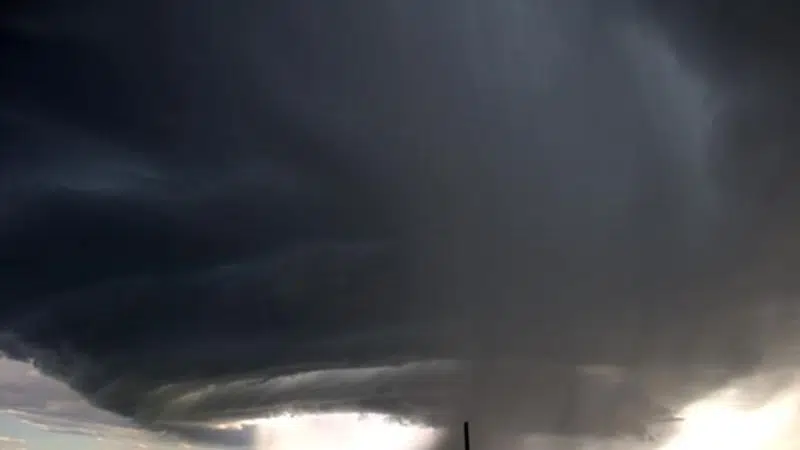
Twisted weather: Alberta ahead of average tornado count at 18 so far this year
EDMONTON — Alberta storm chaser Chris Kiernan has hardly had a moment’s rest since the start of the tornado season last month.
“This season has been quite more active,” said Kiernan, who is based out of Beaumont, Alta., about 30 kilometres south of Edmonton.
“In the last two weeks, I have been out for the majority of the days and I have landed some pretty good storms.”
Kiernan said there are usually a lot of “bust days” with no storm activity in a target area, but so far that’s happened just a single time this year.


